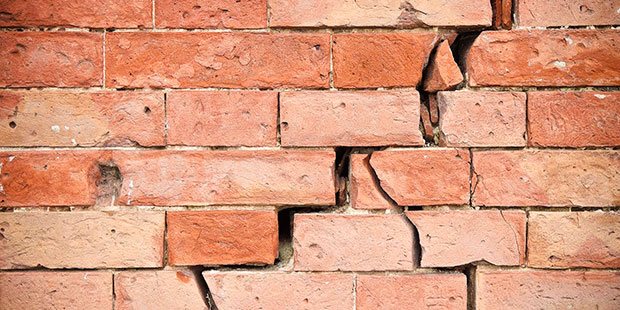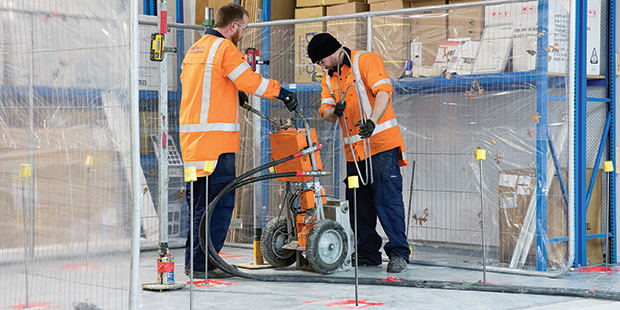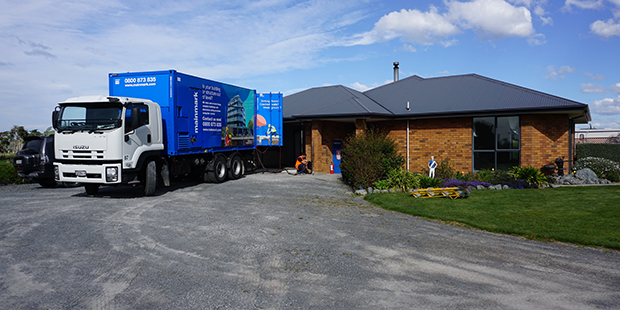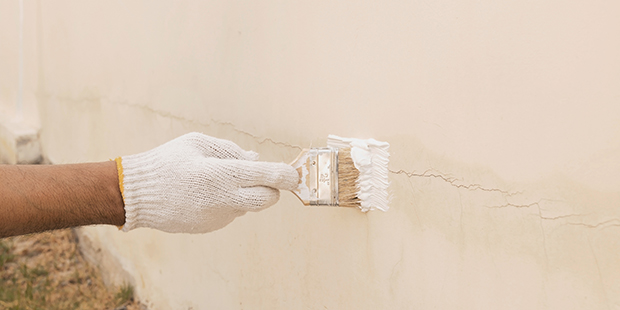Drought causes house problems
Auckland's drought has seen serious land stability problems double, say experts.

Sponsored by
Auckland’s drought is throwing up a new issue for the city besides water shortages – unstable ground.
Increasing numbers of Auckland homeowners, alarmed at shifting ground on their properties and desperate for help, have been seeking advice from residential and commercial ground engineering experts Mainmark.
Theo Hnat, Mainmark’s business and technical manager, says the number of calls the company has received has doubled in the last three months.
“We’ve received hundreds and hundreds of inquiries,” he says. “Typically we would get about 100 a month but this year we’ve had at least 200 in each of the last three months from people who are noticing land movement on their sections.”
The cases being referred to Mainmark appear to be a reflection of the severity of the drought which, according to figures produced by National Institute of Water and Atmospheric Research (NIWA) meteorologist Ben Noll, has been one of the most extreme in modern times.
Between January 1 and May 21 just 126mm of rain was recorded at NIWA’s Mangere weather station - an amount less than two-thirds of normal - making the drought one of the worst since the early 1900s.
Despite recent rain, the city’s water storage levels are still low. Watercare figures show that at July 30, the storage was at 59.73 per cent capacity compared to the average for this time of year of 88.4 per cent.
Hnat believes the problem is a direct consequence of Auckland’s drought and he warns the situation will worsen as climate change continues to create more extremes in weather.
He says one of the worst current cases he’s seen involves an Auckland property with cracks up to 300mm wide and over half a metre deep in the garden - big enough to put an arm into - while cracks have also developed in the house itself.

JOG Computer-Controlled Grouting being used to re-level a residential property with no major excavation required. Photo / Supplied.
JOG Computer-Controlled Grouting being used to re-level a residential property with no major excavation required. Photo / Supplied.
Hnat says Auckland is particularly prone to this problem because of the prevalence of clay soil which tends to contract in dry conditions.
“It wouldn’t normally be a major problem because traditionally there aren’t huge seasonal shifts in weather patterns,” he says. “But this is changing with the weather extremes we are experiencing, the impact of which is likely to lead to increased cases of ground instability.”
He says this is because in conditions like the Auckland drought, soil goes through what is called a shrink/swell process: “When it is dry, soil loses moisture and contracts (shrinkage) but, when it rains, the clay absorbs the water and the soil swells.”
He says under historical conditions, ground usually stabilises back to level. But the long-running drought means - in many cases - the soil cannot “rotate” back to normal; this means serious subsidence and cracking is more likely to occur.
Subsidence due to climate change is also a global issue. In the US, droughts in recent years have caused serious ground elevation changes in the San Joaquin Valley in California – causing damage to buildings, roads, bridges and rail lines. State officials estimate the cost of repairs at about US$1m a mile.
In Britain, successive dry summers - combined with subsequent prolonged wet spells - have led to severe subsidence issues in many areas. In 2018 alone, more than 10,000 residential homeowners made insurance claims for damage repair.
There are similar concerns in Australia, particularly in parts of New South Wales while, in New Zealand, Hnat says the effects of climate change on soil stability are not just restricted to Auckland but can be seen in other parts of the country including Hawkes Bay, Waikato and Wellington.
Mainmark specialise in raising, re-levelling and re-supporting buildings (and roads, bridges and other structures) while, at the same time, increasing ground load-bearing capacity.
Hnat says if a building or structure has subsided it is important to fix it or risk further damage and potential hazards.
“We have successfully rescued thousands of homes around the world,” he says. “First we assess the damage, establish the cause and then create a plan to fix the problem; usually, as the ground under houses is strengthened and sunken floors are brought back to level, any internal or external wall cracks generally close up too.”






